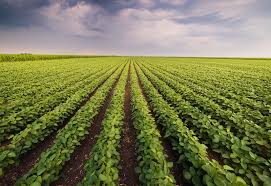
Today in Kazakhstan in almost every region, there are all kinds of experimental stations and research institutes that are engaged in scientific development and the introduction of new technologies and varieties of agricultural crops. Such centers began to appear in the republic at the beginning of the twentieth century. One of the oldest such agricultural scientific institutions of the country is the Kazakh National Agrarian University. The university has become one of the first higher education institutions in Kazakhstan. Its discovery occurred at a time when a completely new form of agriculture was emerging in the Soviet Union -based on socialist property and the policy of collectivization. For their successful implementation, the rapid development of agricultural science was necessary. In addition, it was necessary to solve the problem with highly qualified personnel who would carry out the tasks. At the same time, one should not forget about the development of new varieties of various agricultural crops. In Kazakhstan, the Kazakh National University has become such a breeding ground for agricultural science personnel. The institute opened its doors on October 1, 1929, and it was then called the Alma-Ata Veterinary Institute. As mentioned above, the university became the first specialized agricultural educational institution in Kazakhstan. For more than ninety years of history, university scientists have done a lot for the development of domestic agriculture. Thus, Kazakhstani farmers received more than 50 new varieties of agricultural and other crops, attributable to the scientific research of university specialists, 16 agricultural technologies were developed and improved, which helped to achieve even greater results in the cultivation of key types of crops. Over the years, due to the scientific research of university experts, 15 new technologies for processing and storage of agricultural products, a new generation of all kinds of effective fertilizers have seen the light. This is only a small part of what has been done over the long history of the first agricultural university in Kazakhstan, and this work continues.
First Agro-technological Hub
Several years ago, an agro-technological hub was created based on the university. Its main goal is to combine the latest achievements of agricultural science, the field of education and production itself. This work is being carried out jointly with foreign experts. The agricultural hub includes such scientific centers as the Kazakhstan-Japan Innovation Center, the Water Innovation Center, the Center for Agro engineering and Energy Saving Problems, the Kazakhstan-Korea Innovation Center, the Center for Sustainable Agriculture, Food Technology and Quality, the Innovation Greenhouse, the Kazakhstan-Belarus Agro engineering Innovation Center , educational-experimental farm "Agro university".
Institute of Soil Science
Ten years after the opening of the Alma-Ata Veterinary Institute in the republic, the soil science sector of the Kazakh branch of the USSR Academy of Sciences began its work. Fast-forward five years - in 1934, it was transferred to a separate institute and it was then called the Soil and Botanical Institute of the Kazakh Branch of the USSR Academy of Sciences, and another eleven years later the Institute of Soil Science of the Kazakh Branch of the USSR Academy of Sciences was created. In 2008, Kazakh Research Institute of Soil Science and Agro chemistry named after U.U. Uspanov was created on its basis. Owing to the scientists of the Institute, regional medium-scale and overview maps of the whole of Kazakhstan, a soil-erosion map of the republic were compiled. The scientists of the institute conducted a large research work during the development of virgin and fallow lands. Today, the center’s scientists are working on the introduction of innovative technologies for saline soil reclamation, conservation, enhancement and reproduction of soil fertility and crop productivity. It is especially worth highlighting such a fundamental work as “A new technology for the development of highly saline, solonetzic and alkaline soils for rice sowing without preliminary leaching of soils to produce a crop in the year of development.” Moreover, it has already brought practical results. Thus, the application of all the knowledge gained in practice when growing rice and corn on the degraded lands of Almaty, Kyzylorda and Turkestan regions allowed increase in their productivity from 30 to 90%.
State support for agricultural science
In general, the state pays close attention to the development of agricultural science in Kazakhstan. Thus, since 2018, financing of science in the agricultural sector has been increased more than 2 times - bringing this figure to 14.4 billion tenge. In addition, part of these funds is directed to the work of 23 scientific institutes and the study of new agricultural crops. In total, domestic agricultural research, institutes and experimental stations own about 159 thousand hectares of land. According to forecasts of experts of the Ministry of Agriculture with the rational use of these lands, the republic can receive up to 10 billion tenge. Moreover, these funds would be received purely from the activities of the research centers and experimental stations. This is a matter of commercialization of the entire agricultural sector. The relevant ministry set serious tasks, thus according to the vice-minister of agriculture of Kazakhstan Arman Yevniev, in the framework of the state program of the agro-industrial complex, which will be completed in 2021, we must bring the amount of financing of agricultural science to 0.5%, increasing by threefold.







































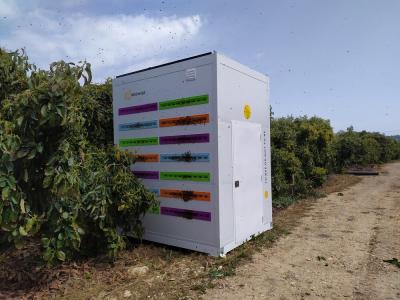
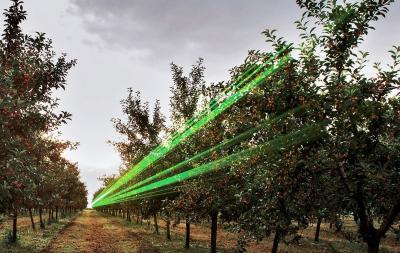
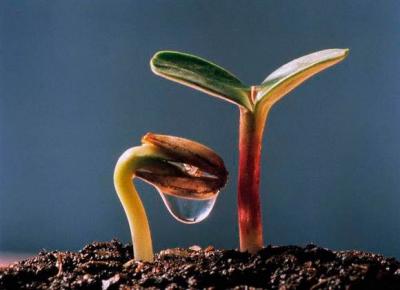
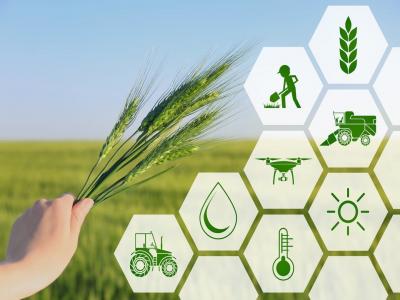



Обсуждение